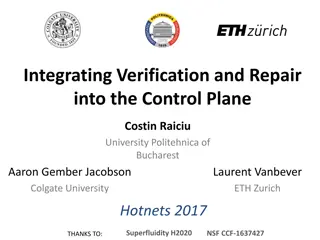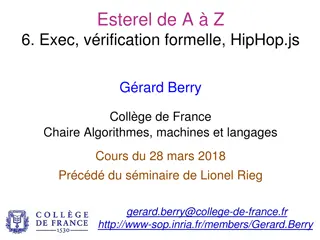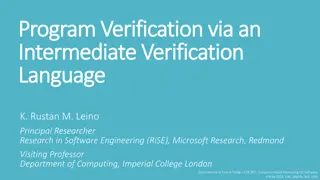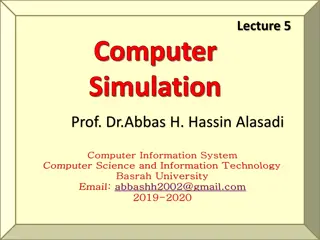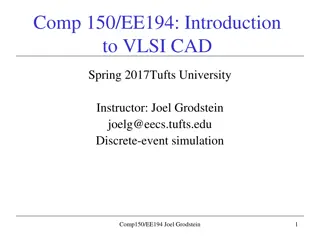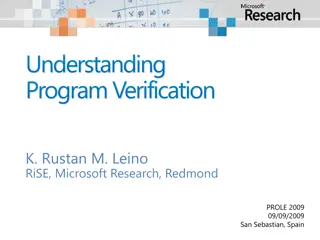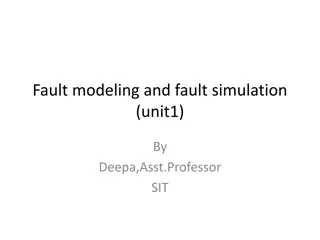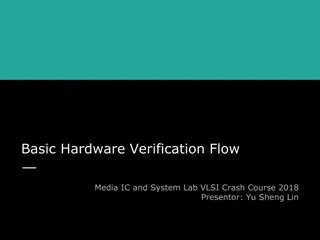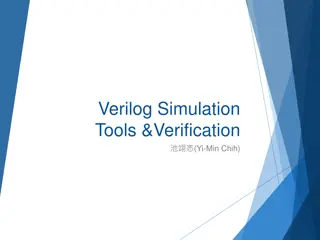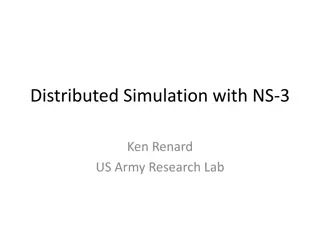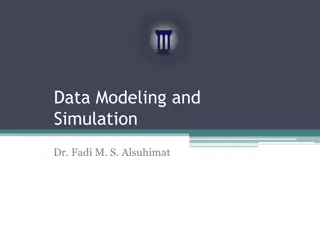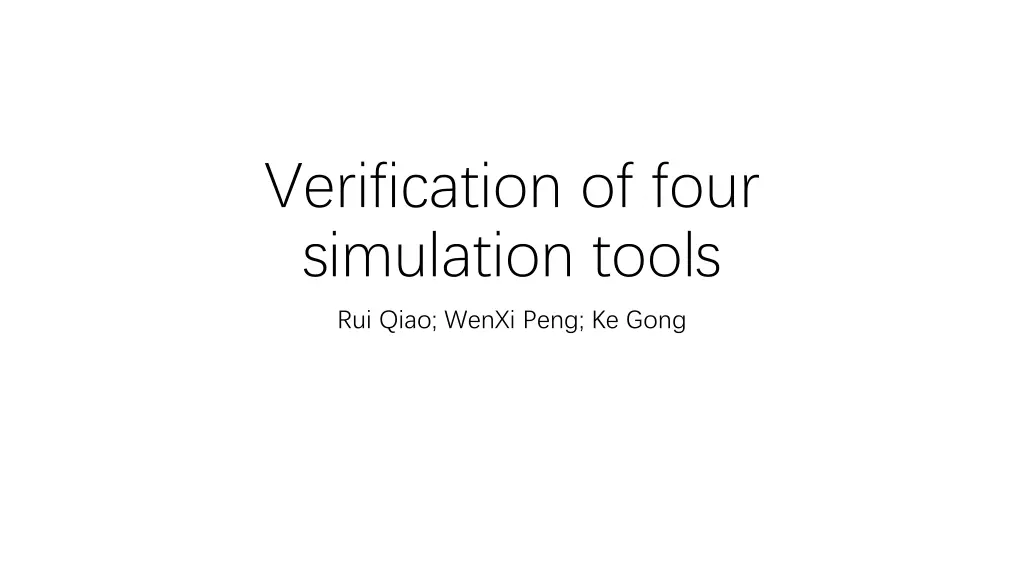
Verification and Comparison of Simulation Tools for Charge Injection Studies
Explore the verification and comparison of four simulation tools - TCAD and SPICE - for charge injection studies. Detailed analysis includes vertical vs. inclined charge injection, CCE comparisons, AMS-02 incidence, and impacts of incident angles. Learn how using larger detectors can mitigate border effects in simulations.
Download Presentation

Please find below an Image/Link to download the presentation.
The content on the website is provided AS IS for your information and personal use only. It may not be sold, licensed, or shared on other websites without obtaining consent from the author. If you encounter any issues during the download, it is possible that the publisher has removed the file from their server.
You are allowed to download the files provided on this website for personal or commercial use, subject to the condition that they are used lawfully. All files are the property of their respective owners.
The content on the website is provided AS IS for your information and personal use only. It may not be sold, licensed, or shared on other websites without obtaining consent from the author.
E N D
Presentation Transcript
Verification of four simulation tools Rui Qiao; WenXi Peng; Ke Gong
Background: the four simulation methods Method 1a) Method 2a) TCAD injection SPICE injection Inclined Inclined incidence Inclined Inclined incidence AMS-02 results Method 1b) Method 2b) TCAD injection SPICE injection Vertical Vertical incidence Vertical Vertical incidence
TCAD charge injection: vertical vs inclined IP=0 Angle=0 Weight=13.6% Readout Channels Readout Channels VS IP=0.25 Angle=0 Weight=52.0% IP=0.5 Angle=0 Weight=34.4% IP=0.3, Angle=10
SPICE charge injection: vertical vs inclined Capacitance Type Value [pF] @ 10 sensor Bulk 4.23 Coupling 700 Interstrip_1 69.76 Interstrip_2 3.86 Interstrip_3 1.53 Interstrip_4 0.80 Interstrip_5 0.48 SPICE circuit. Charge injection Amplitude of current sources Only 7/17 strips are shown. Interstrip cap. whose distance>2 are not shown. IP Angle I1 I2 I3 0.3 10 0.136 0.520 0.344 0 1 0.25 0 1 0.5 1
Comparison of CCE with vertical incidence IP=0 Angle=0 IP=0.25 Angle=0 SPICE & TCAD results match other. match each IP=0.5 Angle=0
Comparison of CCE with AMS-02 incidence The four methods match (IP=0.3, Angle=10) match each other for AMS-02 incidence
Larger incident angle 20 deg TCAD match SPICE match 30 deg
Larger incident angle 40 deg TCAD not match match SPICE Border effect Border effect not 50 deg
Use larger detector to avoid border effect Length [cm] 50 Thickness [um] 320 Implant Width [um] 25 Implant pitch [um] 50 50 Readout pitch [um] 150 150 Readout Channels Readout Channels Capacitance Value [pF] Bulk 8.66 Coupling 500 Interstrip_1 56.23 Interstrip_2 4.43 Interstrip_3 1.64 Interstrip_4 0.78 FOOT-like detector Interstrip_5 0.41
Comparison of CCE with vertical incidence IP=0 Angle=0 IP=1/3 Angle=0 SPICE & TCAD results match other. match each IP=2/3 Angle=0
Larger incident angle 20 deg TCAD match SPICE match 30 deg
Larger incident angle 40 deg TCAD match SPICE match 50 deg
Conclusion The four simulation methods match Angle=10). For AMS-02 detector, the TCAD & SPICE not match degree, maybe due to the border effect. For FOOT-like detector, the four simulation methods match other for 0~50 degree. no border effect . match AMS-02 result (IP=0.3, not match at 40~50 match each




